Fingal drowning: Juraki Surf Culture and community rallies to save tourists from Dreamtime Beach dangers
SURF lifesavers can only do so much to protect people from the Gold and Tweed coasts most lethal beach - and that’s why an inspiring indigenous community is putting up its hand to help.
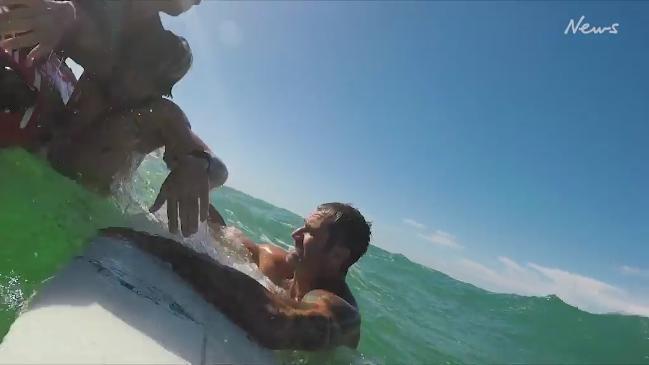
Beaches & Fishing
Don't miss out on the headlines from Beaches & Fishing. Followed categories will be added to My News.
THE sirens returned to Fingal this week, the sirens that Joel Slabb and his neighbours would give anything to never hear again but know they almost certainly will.
“Whenever you see any sort of ambulance or police car heading down the road, you immediately think it must be another one,” the keen surfer said of the frantic activity that accompanied this week’s drowning of Japanese backpacker Tomoe Ogisu, the fourth such tragedy at Fingal Head in less than three years.
“It’s the way the water runs along the headland and the (sand on the) bottom is always changing. Once you fall off that gutter near the rocks, you’re in deep water.
“That’s where we see a lot of people get into trouble. The water hits the headland and it just pushes it all out to sea.
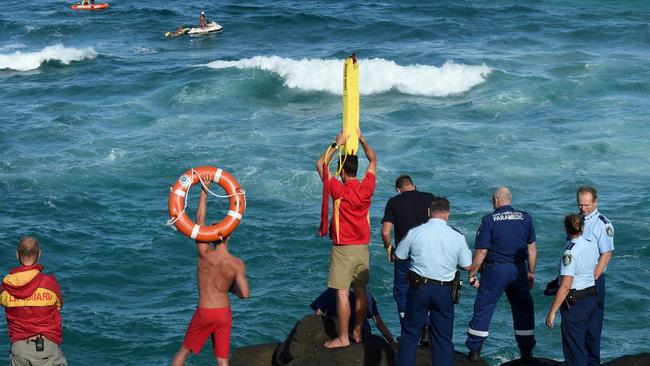
“It’s a beautiful beach but it’s also a dangerous one.”
So dangerous that Slabb and his small community are going to unique — and inspiring — lengths to protect unwitting visitors from the aquatic playground they hold so dear.
Having founded Juraki Surf Culture two years ago to teach local indigenous kids about the ocean and promote the fun they can have in it, those youngsters are now embracing the challenge of passing their knowledge on to others.
“We can’t just leave it to the lifesavers,” Slabb said of protecting potential victims from the dangers of Dreamtime Beach, the unpatrolled and increasingly lethal stretch of sand to the south of Fingal headland.
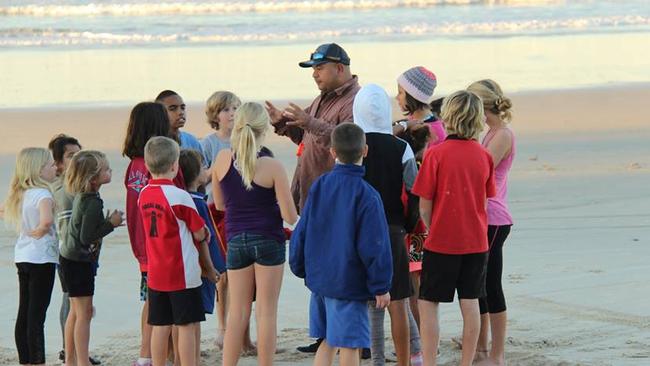
“It’s a community issue and we (the local indigenous) are also caretakers of the land. Our ancestors lived here for years so it’s something we take personally. We want to make it safe for everyone.
“We’re not only training our kids at an early age that they need to respect the ocean regardless of whether it’s 2ft or 10ft, but that if they see people who don’t have that knowledge, share what you know with them. Warn them not to swim there. Move them out of rips.
“About a year ago we saved six kids and adults from a rip and it wouldn’t have been five minutes later that another group came down the track and three kids jumped straight in the same rip. It look good to them but our kids paddled straight over and moved them on.
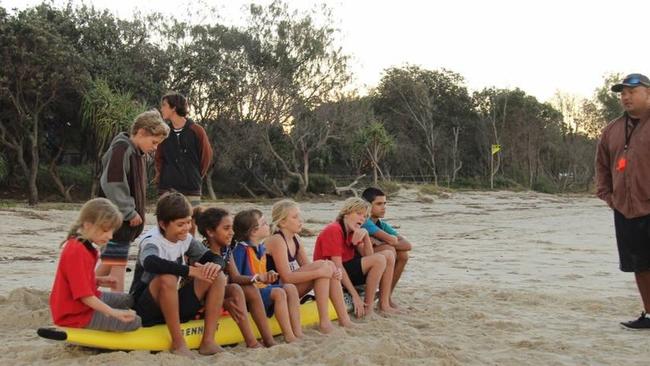
“We’re just looking for different solutions to an issue we’ve now been facing for a couple of years.”
One of those concepts will soon appear on Fingal headland after NSW Government officials finally signed off on paperwork to install lifebuoys at the site.
The seal of approval came the same day the Gold Coast Bulletin this week revealed the family of Ryan Martin, who died a hero saving a seven-year-old girl at Dreamtime Beach in 2016, was so frustrated by delays installing the flotation devices they were willing to pay for them themselves.
Yesterday also saw Juraki and the Fingal community explore another option when a drone company visited the beach to showcase how its technology can drop inflatable buoys to swimmers in trouble.
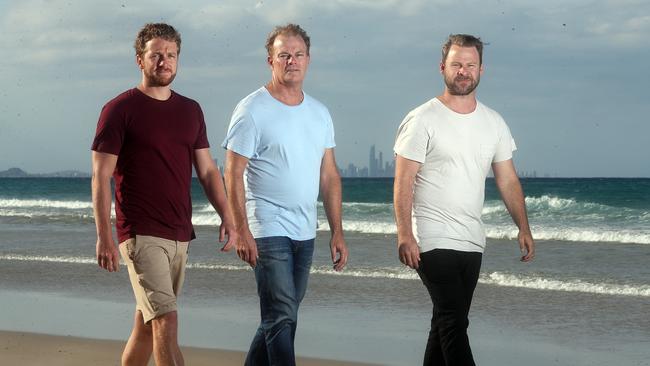
“What’s inspiring about Juraki is they just really care,” said Kirra filmmaker Jason Markland, who featured the proactive approach of the group in his Rip Current Heroes documentary now screening on National Geographic.
“This is hard work for them ... but they know in a small community like theirs, they have to take responsibility because there isn’t a quick fix coming.
“It’s just such an attractive beach that people are going to keep coming (but) they can’t stand back and see people get into trouble on their turf.”
Markland then added the most sobering of words.
“They’re so committed but sadly every time they think they can take their foot off the throttle, there’s another tragedy or near-miss.”
